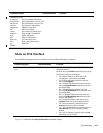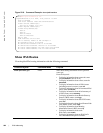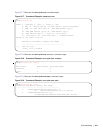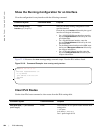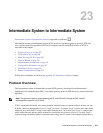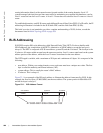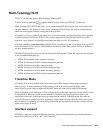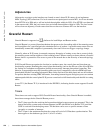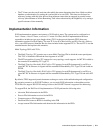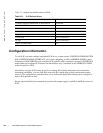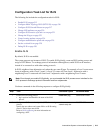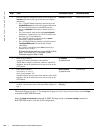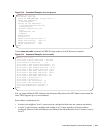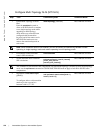Intermediate System to Intermediate System | 509
Multi-Topology IS-IS
FTOS 7.8.1.0 and later support Multi-Topology Routing IS-IS.
E-Series ExaScale platform
e
x
supports Multi-Topology IS-IS with FTOS 8.2.1.0 and later.
Multi-Topology IS-IS (MT IS-IS) allows you to create multiple IS-IS topologies on a single router with
separate databases. This feature is used to place a virtual physical topology into logical routing domains,
which can each support different routing and security policies.
All routers on a LAN or point-to-point must have at least one common supported topology when operating
in Multi-Topology IS-IS mode. If IPv4 is the common supported topology between those two routers,
adjacency can be formed. All topologies must share the same set of L1-L2 boundaries.
You must implement a
wide metric-style globally on the Autonomous System to run Multi-Topology IS-IS
for IPv6 because the TLVs used to advertise IPv6 information in link-state packets (LSPs) are defined to
use only extended metrics.
The Multi-Topology ID is shown in the first octet of the IS-IS packet. Certain MT topologies are assigned
to serve predetermined purposes:
• MT ID #0: Equivalent to the "standard" topology.
• MT ID #1: Reserved for IPv4 in-band management purposes.
• MT ID #2: Reserved for IPv6 routing topology.
• MT ID #3: Reserved for IPv4 multicast routing topology.
• MT ID #4: Reserved for IPv6 multicast routing topology.
• MT ID #5: Reserved for IPv6 in-band management purposes.
Transition Mode
All routers in the area or domain must use the same type of IPv6 support, either single-topology or
multi-topology. A router operating in multi-topology mode will not recognize the ability of the
single-topology mode router to support IPv6 traffic, which will lead to holes in the IPv6 topology.
While in transition mode, both types of TLVs (single-topology and multi-topology) are sent in LSPs for all
configured IPv6 addresses, but the router continues to operate in single-topology mode (that is, the
topological restrictions of the single-topology mode remain in effect). Transition mode stops after all
routers in the area or domain have been upgraded to support multi-topology IPv6. Once all routers in the
area or domain are operating in multi-topology IPv6 mode, the topological restrictions of single-topology
mode are no longer in effect.
Interface support
MT IS-IS is supported on physical Ethernet interfaces, physical Sonet interfaces, port-channel interfaces
(static & dynamic using LACP), and VLAN interfaces.



